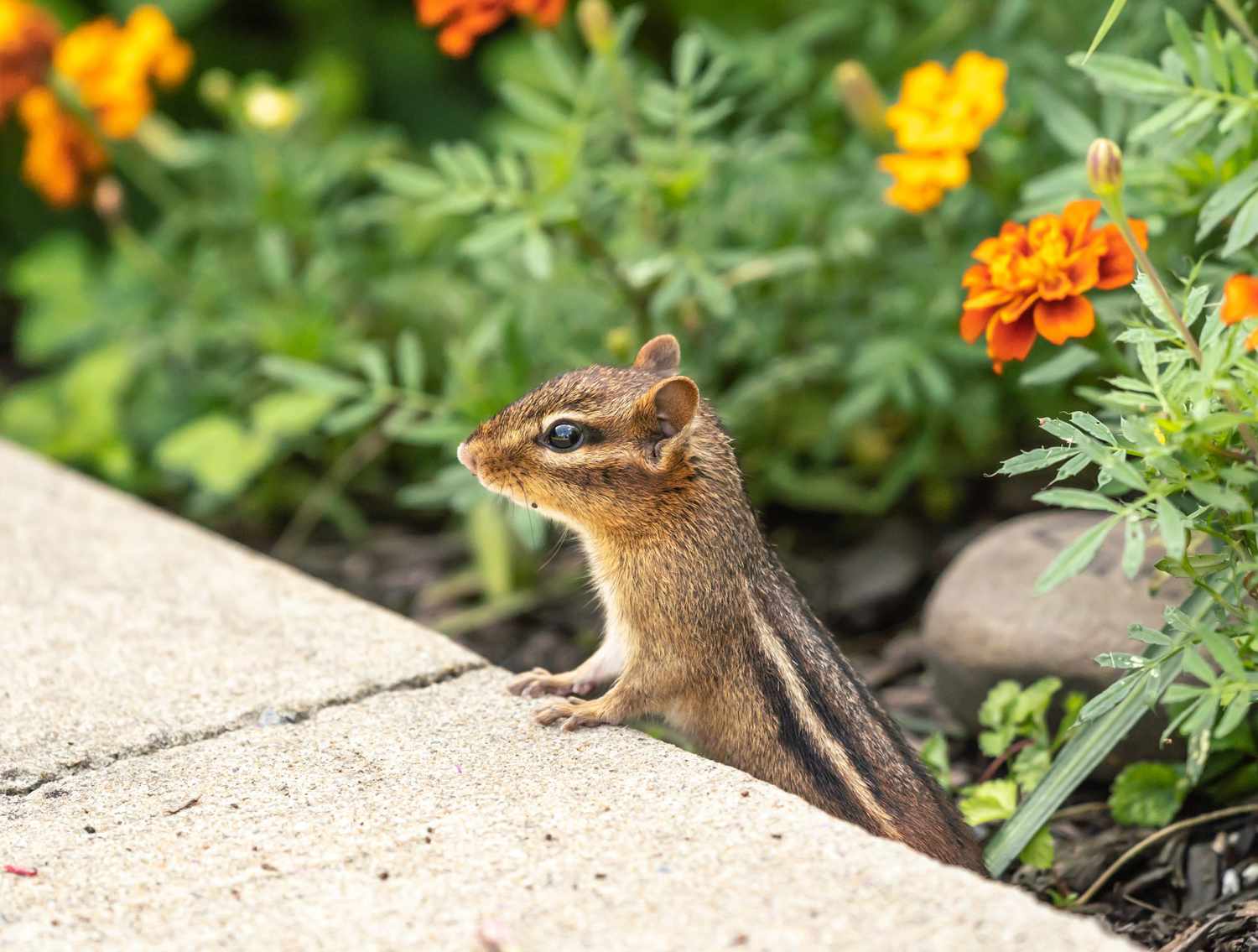

Articles
How To Get Rid Of A Chipmunk Under Your Porch
Modified: August 27, 2024
Learn effective methods and articles on how to get rid of a chipmunk under your porch. Safely remove these pesky creatures and reclaim your outdoor space!
(Many of the links in this article redirect to a specific reviewed product. Your purchase of these products through affiliate links helps to generate commission for Storables.com, at no extra cost. Learn more)
Introduction
Having a chipmunk take up residence under your porch can be a frustrating and even damaging experience. These small, furry creatures may seem harmless, but they can wreak havoc on your property if left unchecked. Chipmunks are known for their burrowing habits and their ability to chew through various materials, including wood, plastic, and electrical cables. If you’re dealing with a chipmunk problem, it’s important to address it promptly to prevent any further damage.
In this article, we’ll guide you through the process of getting rid of a chipmunk under your porch. We’ll cover various methods, from non-lethal removal techniques to professional assistance, to help you choose the best approach for your situation. By understanding chipmunk behavior, identifying their activity, and taking appropriate measures, you can effectively solve the problem and prevent future infestations.
Before we delve into the specific methods, let’s first understand the behavior of chipmunks.
Understanding Chipmunk Behavior
Chipmunks are small, striped rodents belonging to the squirrel family. They have a slender body, bushy tail, and distinctive markings. These creatures are primarily active during the daytime and are known for their excellent digging skills.
Chipmunks typically build burrows for nesting and storing food. These burrows can cause damage to your property, especially when they are located under your porch. Additionally, chipmunks can chew through various materials, including wood, insulation, and wiring, leading to potential structural damage and electrical hazards.
Identifying Chipmunk Activity
Before taking any steps to remove chipmunks from your porch, it’s crucial to confirm their presence. Look for signs of chipmunk activity, such as small burrow openings near the base of your porch or chewed-up materials. You may also hear scratching or chirping sounds coming from underneath your porch.
Assessing the Risk and Potential Damage
While chipmunks may be adorable, it’s important to recognize the potential risks and damage they can cause. These critters can dig extensive burrow systems, resulting in destabilization of the ground under your porch. This can lead to structural issues and expensive repairs if left untreated. Additionally, their chewing habits can damage electrical wiring, insulation, and other materials.
Key Takeaways:
- Don’t let chipmunks wreak havoc under your porch! Identify their activity, use non-lethal methods, and consider professional help to effectively remove and prevent future infestations.
- Safely and humanely rid your porch of chipmunks by blocking access points, using repellents, and seeking professional assistance. Prevent future infestations with proactive measures and respect for wildlife.
Read more: How To Get Rid Of Chipmunks Under My Patio
Understanding Chipmunk Behavior
Chipmunks are small, agile rodents that belong to the squirrel family. They are usually 5 to 6 inches long and have distinctive stripes along their body. Chipmunks are primarily active during the daytime, and they can be found in a variety of habitats, including forests, woodlands, and suburban areas with ample vegetation.
Chipmunks are known for their excellent digging abilities. They create burrow systems consisting of tunnels and chambers beneath the ground. These burrows serve as their nests, offering protection from predators and extreme weather conditions.
In addition to their burrowing tendencies, chipmunks are notorious for their hoarding behavior. They have cheek pouches that they use to collect and transport food. These cheek pouches allow them to gather large quantities of nuts, seeds, berries, and other food items to store in their burrows for the winter months.
Chipmunks are omnivorous creatures and have a varied diet. Alongside nuts and seeds, they also consume insects, fruits, fungi, and even bird eggs. Their ability to adapt their diet to available resources contributes to their survival and wide distribution.
When it comes to reproduction, chipmunks breed twice a year, once in the spring and once in late summer. The gestation period lasts around 31 days, and a litter typically consists of 2 to 8 offspring. The young chipmunks, known as “kits,” are weaned at around 6 weeks of age and become independent shortly after.
Chipmunks are highly territorial creatures and have a strong sense of personal space. They mark their territories using scent glands found on their cheeks, paws, and tails. Chipmunks can be quite vocal, using a combination of chirps, chatters, and trills to communicate with each other.
Overall, chipmunks are intelligent and curious animals. They are agile climbers and excellent jumpers, allowing them to navigate through trees and other structures. Their adaptability to different environments and their resourcefulness make chipmunks successful rodent species.
Understanding chipmunk behavior is crucial when it comes to effectively removing them from your porch. By knowing their habits, preferences, and tendencies, you can employ appropriate strategies to deter them and prevent future infestations.
Identifying Chipmunk Activity
When dealing with a chipmunk problem under your porch, it’s important to be able to identify their activity. By recognizing the signs of chipmunk presence, you can take appropriate steps to address the issue promptly. Here are some key indicators of chipmunk activity to look out for:
- Burrow openings: Chipmunks create burrows as their nests and hiding places. These burrows typically have small openings located near the base of your porch or in nearby areas with loose soil or vegetation. Look for small holes, usually about 2 inches in diameter, with excavated dirt around them.
- Chewed materials: Chipmunks have a habit of chewing on various objects and materials. Check for signs of gnawed wood, plastic, or insulation around your porch or near the burrow entrances. Their chewing can cause structural damage or pose hazards, especially when it involves electrical wiring or pipes.
- Food caches: Chipmunks are notorious hoarders and often store food for the winter months. Pay attention to the presence of small food caches near their burrows or under your porch. These caches may consist of nuts, seeds, berries, or even bird eggs that they have collected and stored for later consumption.
- Noise and vocalizations: Chipmunks are vocal creatures and use various sounds to communicate. You may hear chirping, chattering, or trilling sounds coming from underneath your porch. These vocalizations are often used to establish territory, communicate danger, or attract mates.
- Tracks and footprints: Look for chipmunk tracks or footprints near the burrow openings or in areas where they frequently roam. Their footprints typically have four toes on the front feet and five toes on the hind feet. These tracks can help confirm the presence of chipmunks and distinguish them from other animals.
By carefully observing these signs and understanding chipmunk activity, you can confirm if chipmunks are indeed causing the problem under your porch. Identifying their presence is the first step towards effectively addressing the issue and implementing the most suitable removal methods.
Assessing the Risk and Potential Damage
Dealing with chipmunks under your porch goes beyond their cute appearance. It’s important to assess the risks and potential damage they can cause to your property to understand the urgency of taking action. Here are some key factors to consider:
- Structural damage: Chipmunks are proficient diggers and can create extensive burrow systems beneath your porch. These burrows can undermine the stability of the soil or foundation, leading to potential structural issues. Over time, this can result in uneven surfaces, cracks, or even collapses, posing a risk to the integrity of your porch.
- Chewing hazards: Chipmunks have sharp teeth that they use to chew through various materials, including wood, plastic, and insulation. They may target your porch’s structural elements, such as support beams or trim, as well as wiring or pipes. This can compromise the functionality of these components, create potential fire or water damage risks, and lead to costly repairs.
- Garden damage: Chipmunks are known to raid gardens and feed on fruits, vegetables, and flower bulbs. If you have a garden near your porch, chipmunks may target your plants, causing damage to your carefully cultivated landscape. This can be particularly frustrating for gardeners who put effort into maintaining a beautiful outdoor space.
- Noise and disturbance: Chipmunks can be quite noisy creatures. If they have made a home under your porch, their chirping, chattering, and digging sounds can be heard both inside and outside your home. This can cause disturbances, especially if the chipmunks are active during the early morning or late evening hours.
Assessing the risks and potential damage caused by chipmunks is crucial to determine the severity of the problem and the necessary actions to take. If you notice signs of significant structural damage, electrical hazards, or extensive garden destruction, it is recommended to address the issue promptly to prevent further problems.
In the following sections, we will explore various methods to rid your porch of chipmunks, considering both non-lethal and live trapping options. It’s important to keep in mind that chipmunks are important members of the ecosystem, and it’s always advisable to use humane methods and avoid causing harm whenever possible.
Non-Lethal Removal Methods
If you want to get rid of chipmunks under your porch without causing harm to the animals, there are several non-lethal removal methods you can try. These methods aim to deter chipmunks and encourage them to find alternative places to nest. Here are some effective non-lethal removal methods:
- Remove attractants: Chipmunks are attracted to food sources, so it’s important to eliminate any potential attractants around your porch. Secure your garbage cans with tight-fitting lids, clean up fallen fruits or seeds from your yard, and store bird feeders away from the porch area. By removing the available food supply, you make your porch less appealing to chipmunks.
- Seal potential entry points: Inspect the area around your porch and identify any gaps or openings that chipmunks can use to access the space. Use caulk or weatherstripping to seal up these openings, preventing chipmunks from getting under your porch in the first place.
- Make use of natural deterrents: Chipmunks are deterred by certain scents and tastes. Sprinkle cayenne pepper or garlic powder around the perimeter of your porch to create a barrier that chipmunks dislike. You can also try planting natural repellent plants, such as mint or marigold, near your porch to deter chipmunks from approaching.
- Utilize motion-activated devices: Motion-activated devices can startle chipmunks and discourage them from coming near your porch. Install motion-activated sprinklers or ultrasonic devices that emit high-frequency sounds to deter chipmunks. These devices are harmless but effective in keeping chipmunks away through unexpected sensory stimuli.
- Create physical barriers: If chipmunks are persistent and continue to access your porch, you can create physical barriers to limit their entry points. Install wire mesh or hardware cloth around the base of your porch to prevent chipmunks from digging their way in. Ensure that the barriers are securely fastened to prevent any gaps or openings.
When using non-lethal removal methods, it’s important to be patient and persistent. Chipmunks may take some time to recognize the deterrents and find alternative locations for nesting. Continuously assess the effectiveness of these methods and make adjustments as needed.
If non-lethal removal methods do not yield the desired results or the chipmunk infestation intensifies, you may need to consider live trapping and relocating the chipmunks. We’ll explore this option in the next section.
Read more: How To Get Rid Of Snakes Under Porch
Using Repellents and Deterrents
To deter chipmunks from taking up residence under your porch, you can utilize various repellents and deterrents. These products work by emitting scents or creating sensory stimuli that chipmunks find unpleasant, encouraging them to seek alternative nesting spots. Here are some effective repellents and deterrents to consider:
- Natural repellents: There are several natural repellents that chipmunks dislike, such as vinegar, ammonia, or predator urine. Soaking rags or cotton balls in these substances and placing them strategically around your porch can help repel chipmunks. Refresh the repellents regularly to maintain their effectiveness.
- Commercial repellents: There are also commercial chipmunk repellents available in the market. These products usually contain natural ingredients or scents that chipmunks find offensive. Follow the instructions on the label and apply the repellents around the perimeter of your porch and near the burrow openings.
- Ultrasonic deterrents: Ultrasonic devices emit high-frequency sounds that are inaudible to humans but irritating to chipmunks. These devices can be placed in and around your porch area and are effective in deterring chipmunks without causing harm. However, keep in mind that the effectiveness of ultrasonic deterrents can vary, and some chipmunks may become habituated to the sound over time.
- Visual deterrents: Chipmunks are wary of predators, so visual deterrents that mimic their natural predators can be effective. Hang reflective tape, aluminum foil strips, or wind chimes around your porch to create movement and noise, discouraging chipmunks from approaching. Additionally, you can place garden statues or decoys of owls or snakes near the porch area to create a perceived threat.
- Spice repellents: Chipmunks have a sensitive sense of smell and are deterred by certain spices. Sprinkle spices like cayenne pepper, black pepper, or cinnamon around the base of your porch to create a barrier chipmunks will avoid. Reapply the spices regularly, especially after rainfall, to maintain their effectiveness.
When using repellents and deterrents, it’s important to follow the instructions provided and be consistent with application. Chipmunks may become accustomed to certain scents or stimuli, so it’s recommended to rotate or switch between different methods periodically. Additionally, remember that repellents and deterrents are most effective as part of an integrated approach that includes other removal methods, such as sealing entry points or removing attractants.
While repellents and deterrents can help deter chipmunks in many cases, it’s important to monitor their effectiveness. If the chipmunk activity persists or increases despite the use of these methods, you may need to consider more proactive measures, such as live trapping and relocating the chipmunks.
Place ammonia-soaked rags near the chipmunk’s entry points to deter them from returning. Make sure to seal off any potential entry points to prevent future infestations.
Blocking Chipmunk Access Points
To effectively prevent chipmunks from accessing your porch, it’s crucial to block any potential entry points that they may use. By sealing off these access points, you create a barrier that prevents chipmunks from getting under your porch. Here are some steps you can take to block chipmunk access points:
- Inspect the area: Carefully examine the perimeter of your porch and identify any gaps, cracks, or openings that chipmunks can squeeze through. They can enter through even small openings, so be thorough in your inspection.
- Seal gaps and cracks: Once you’ve identified the access points, use caulk or weatherstripping to seal any gaps or cracks. Focus on areas around the foundation, siding, and where different materials meet, such as where the porch attaches to the house.
- Install wire mesh or hardware cloth: Chipmunks are skilled diggers, so it’s essential to reinforce the ground around your porch. Dig a shallow trench around the perimeter of your porch and bury wire mesh or hardware cloth at least 12 inches deep. Make sure the mesh extends several inches above ground level to prevent chipmunks from digging underneath.
- Secure ventilation openings: Check your porch for any ventilation openings or gaps where chipmunks can enter. Install mesh screens or coverings to ensure ventilation while keeping chipmunks out. Use materials with small openings to prevent chipmunks from squeezing through.
- Repair damaged areas: If there are any damaged or rotted areas in your porch or its supporting structures, repair them promptly. Chipmunks can exploit weak spots and gain access, so make sure your porch is structurally sound and free from any potential entry points.
Properly blocking chipmunk access points is a crucial step in preventing future infestations. By eliminating these entryways, you create a physical barrier that deters chipmunks from burrowing and nesting under your porch.
Remember to periodically inspect your porch and the surrounding area for any new openings or signs of chipmunk activity. Regular maintenance and vigilance can help you identify and address any potential vulnerabilities promptly.
While blocking access points is an effective preventive measure, it’s important to combine it with other removal methods, such as removing attractants and using repellents or deterrents, to increase the chances of successfully deterring chipmunks from your porch.
Live Trapping and Relocating Chipmunks
If other methods have not been successful in removing chipmunks from under your porch, live trapping and relocating them may be necessary. Live trapping allows you to capture the chipmunks safely and release them in a more suitable habitat away from your property. Here are some steps to follow when using live traps:
- Choose the right trap: Select a live trap specifically designed for capturing small rodents like chipmunks. Make sure it is sturdy, humane, and has a sensitive trigger mechanism.
- Place the trap strategically: Set the trap near the burrow openings or in areas where you have observed chipmunk activity. You can also bait the trap with a combination of sunflower seeds, peanut butter, or fruits to attract the chipmunks.
- Check the trap regularly: It is important to check the live trap frequently, at least once every few hours, to minimize stress on the trapped chipmunk. Place a cover or cloth over the trap to provide a sense of security for the captured chipmunk.
- Handle with care: When removing the trapped chipmunk from the live trap, take proper precautions. Wear gloves to protect yourself, and handle the chipmunk gently and calmly to avoid causing unnecessary stress or injuries to the animal.
- Relocate responsibly: Release the captured chipmunks in a suitable location at least five miles away from your property. Choose an area with appropriate habitat, such as a wooded or natural area, where chipmunks have access to food, water, and shelter.
It is important to remember that live trapping and relocation should only be done in accordance with local regulations and guidelines. Before capturing and relocating chipmunks, check with your local wildlife authorities to ensure you are complying with any legal requirements.
While live trapping and relocating chipmunks can be effective, it may not completely solve the issue if the underlying attractants or access points remain. As part of a comprehensive approach, continue taking steps to deter chipmunks from returning, such as sealing off potential entry points and removing food sources.
Keep in mind that chipmunks play an important role in the ecosystem, so it is ideal to explore non-lethal removal methods before resorting to live trapping and relocation. By ensuring the safety and well-being of chipmunks during the removal process, you can successfully manage their presence and maintain a harmonious balance in your surroundings.
Seeking Professional Help
If your attempts to remove chipmunks from under your porch have been unsuccessful or if you prefer to leave the task to experts, seeking professional help is a viable option. Professional wildlife removal services are experienced in dealing with animal infestations and can provide effective solutions tailored to your specific situation. Here are some reasons why you might consider seeking professional help:
- Expertise and experience: Professional wildlife removal specialists have the knowledge and experience to properly assess the situation and determine the most effective removal methods. They understand chipmunk behavior, nesting habits, and have access to the necessary tools and techniques for safe and humane removal.
- Safe and efficient removal: Professionals are trained in handling live animals, including chipmunks. They can safely trap and remove chipmunks from your property using humane methods. Their expertise ensures a smooth and efficient removal process with minimal disruptions to your daily life.
- Prevention and exclusion techniques: In addition to removing chipmunks, professionals can identify and address the underlying factors that attracted them to your property. They can provide recommendations to prevent future infestations, such as sealing off access points, implementing effective exclusion techniques, and modifying the environment to make it less attractive to chipmunks.
- Compliance with regulations: Professional wildlife removal services are familiar with local regulations and guidelines regarding the capture and relocation of chipmunks. They can ensure that all necessary permits and legal requirements are met, giving you peace of mind.
- Guaranteed results: Many professional wildlife removal services offer guarantees for their work. This means that if chipmunks return after their removal, they will take appropriate measures to resolve the issue at no extra cost. This guarantee provides you with added confidence and assurance.
When seeking professional help, it is important to choose a reputable and licensed wildlife removal company. Research local companies, read reviews, and ask for recommendations from friends or neighbors who have dealt with similar issues. Be sure to inquire about their removal methods, their commitment to humane practices, and their ability to provide long-term solutions.
While professional help may come with a cost, the benefits of their expertise, efficiency, and guaranteed results can outweigh the investment. Ultimately, it can save you time, effort, and potential frustrations associated with trying to resolve the chipmunk infestation on your own.
Whether you decide to handle the situation yourself or seek professional assistance, addressing the chipmunk problem promptly is important to prevent further damage and ensure the well-being of both your property and the chipmunks themselves.
Read more: How To Get Rid Of Skunks Under The Porch
Preventing Future Chipmunk Infestations
Once you have successfully removed chipmunks from under your porch, it’s important to take proactive measures to prevent future infestations. By addressing the factors that attract chipmunks to your property and implementing preventive strategies, you can reduce the likelihood of a repeat encounter. Here are some effective methods for preventing future chipmunk infestations:
- Seal off access points: Inspect your porch and the surrounding area for any potential entry points that chipmunks can use. Seal gaps, cracks, and openings with caulk, weatherstripping, or wire mesh to prevent chipmunks from burrowing their way in.
- Remove attractants: Chipmunks are attracted to easily accessible food sources. Keep your property clean and free from fallen fruits, nuts, or birdseed. Secure garbage cans with tight-fitting lids, and consider using bird feeders with baffles to discourage chipmunks from accessing the food.
- Manage vegetation: Trim tree branches and shrubs near your porch to reduce easy access routes for chipmunks. Clear away any brush piles or overgrown vegetation that can serve as hiding spots and nesting areas for these critters.
- Install barriers: Install wire mesh or hardware cloth around the base of your porch and other vulnerable areas to create a physical barrier. Dig a trench and bury the mesh at least 12 inches deep to prevent chipmunks from burrowing underneath.
- Use repellents: Apply natural or commercial repellents around the perimeter of your porch to create a scent or taste that chipmunks find unpleasant. Refresh the repellents regularly, especially after rainfall, to maintain their effectiveness.
- Maintain a clean yard: Regularly clean up debris, such as leaves, grass clippings, and fallen branches, which can attract chipmunks. Keep your lawn well-maintained and avoid creating hiding spots or easy access points near your porch.
- Consider native predators: Encourage the presence of natural predators, such as owls or snakes, in your yard. Provide suitable habitat, such as nesting boxes for owls, to attract these predators, as they can help control chipmunk populations naturally.
- Regular inspections: Conduct regular inspections of your porch and the surrounding area for any signs of chipmunk activity or potential vulnerabilities. Address any issues promptly to prevent chipmunks from returning.
By implementing these preventive measures, you can create an environment that is less attractive to chipmunks and reduce the likelihood of future infestations. Consistency and vigilance are key in maintaining a chipmunk-free porch and protecting your property from damage.
Remember, it’s important to coexist with wildlife and respect their role in the ecosystem. Chipmunks are valuable members of the natural world, and preventing conflicts with them is essential. By implementing humane and preventive methods, you can strike a balance between enjoying your porch and allowing chipmunks to thrive in their natural habitats.
Conclusion
Dealing with a chipmunk infestation under your porch can be a frustrating and potentially damaging experience. However, by understanding chipmunk behavior, identifying their activity, and taking appropriate measures, you can effectively address the problem and prevent future infestations.
In this article, we have explored various methods for getting rid of chipmunks under your porch. We discussed non-lethal removal methods, such as removing attractants, using repellents and deterrents, and blocking access points. These methods can help deter chipmunks and encourage them to find alternative nesting spots.
If non-lethal methods prove ineffective, you may need to consider live trapping and relocating the chipmunks. Ensure that you are familiar with local regulations and guidelines regarding the capture and relocation of wildlife before proceeding with this method.
Alternatively, seeking professional help from a wildlife removal service is a viable option. Professionals have the expertise, experience, and tools to effectively address chipmunk infestations and provide long-term solutions tailored to your specific situation.
Preventing future chipmunk infestations is crucial to avoid further damage and disturbances. By sealing off access points, removing attractants, and implementing preventive measures, you can minimize the chances of chipmunks returning to your porch.
Remember to consider the welfare of chipmunks and strive for a harmonious coexistence. Chipmunks play an important role in the ecosystem, and using humane methods and preventive strategies can help maintain a balanced environment.
By taking prompt action, utilizing appropriate removal methods, and implementing preventive measures, you can effectively get rid of chipmunks under your porch and enjoy a chipmunk-free environment for years to come.
Once you've tackled that pesky chipmunk problem, why not dive deeper into keeping your home in tip-top shape? If critters in your pantry are giving you a headache, our detailed guide on pest control methods will help clear out those unwanted guests with efficiency. Meanwhile, for those inevitable breaks and malfunctions around the house, our comprehensive home repair strategies provide easy-to-follow solutions that will save you a trip to the hardware store. Stay prepared and proactive with these essential reads!
Frequently Asked Questions about How To Get Rid Of A Chipmunk Under Your Porch
Was this page helpful?
At Storables.com, we guarantee accurate and reliable information. Our content, validated by Expert Board Contributors, is crafted following stringent Editorial Policies. We're committed to providing you with well-researched, expert-backed insights for all your informational needs.
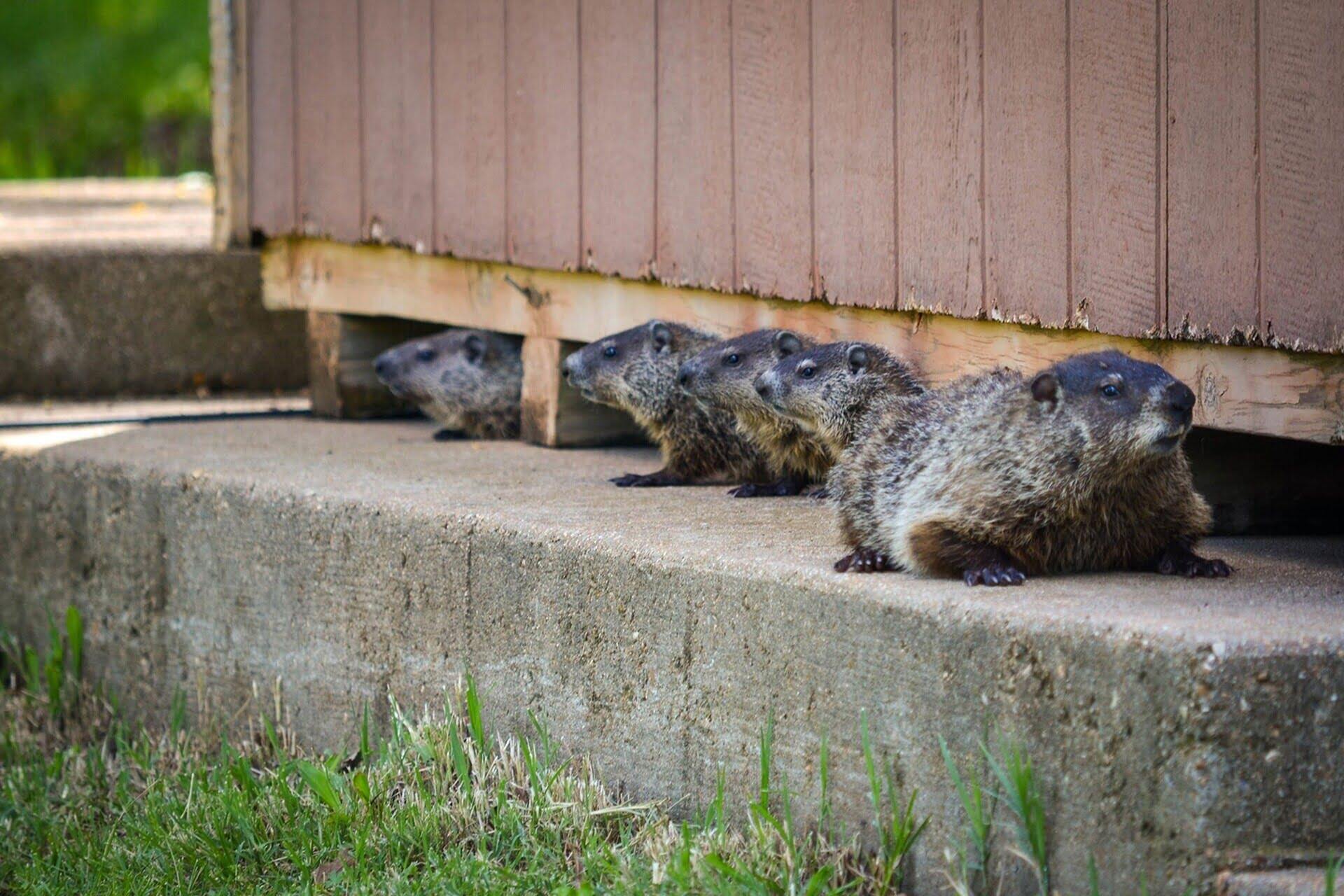

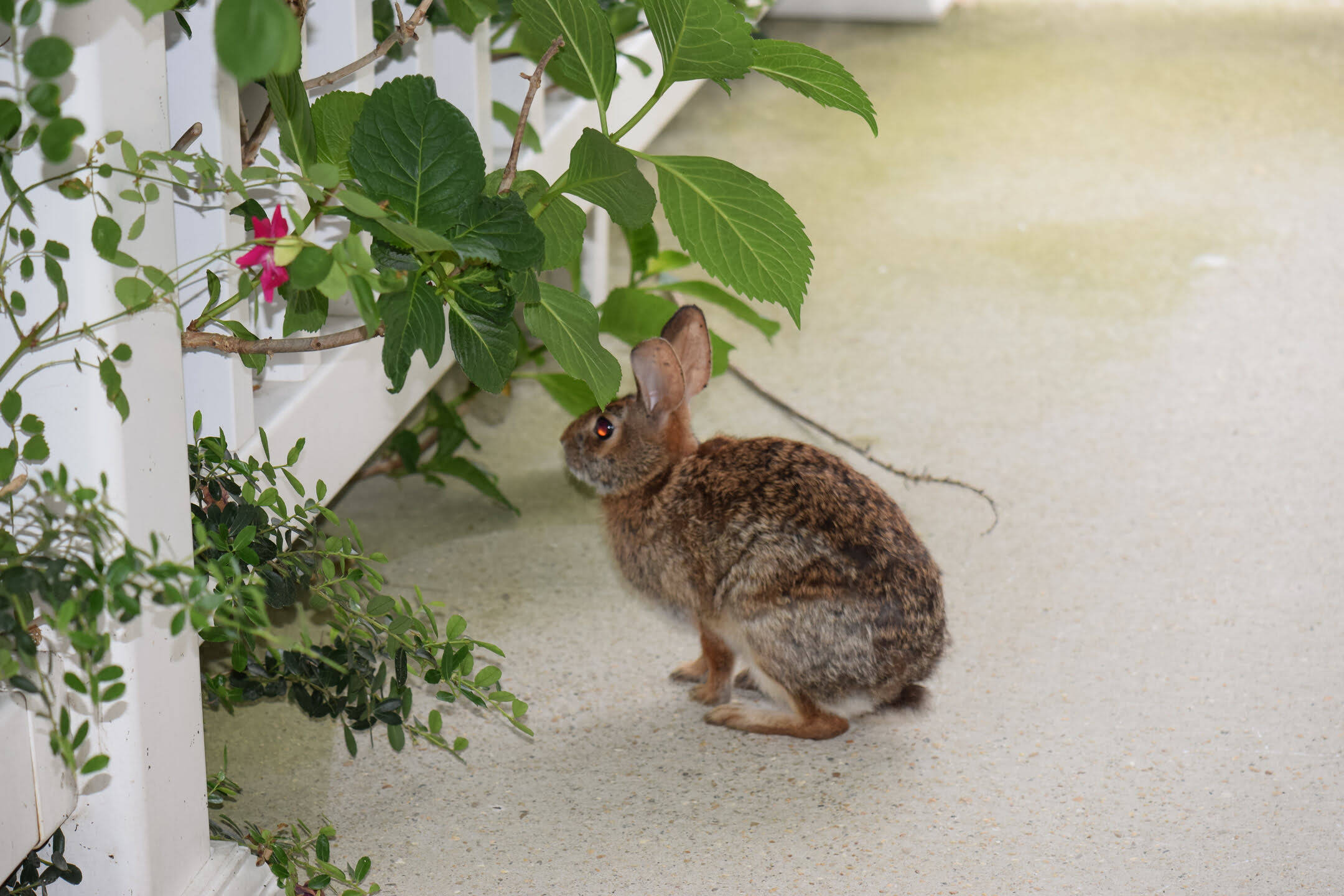
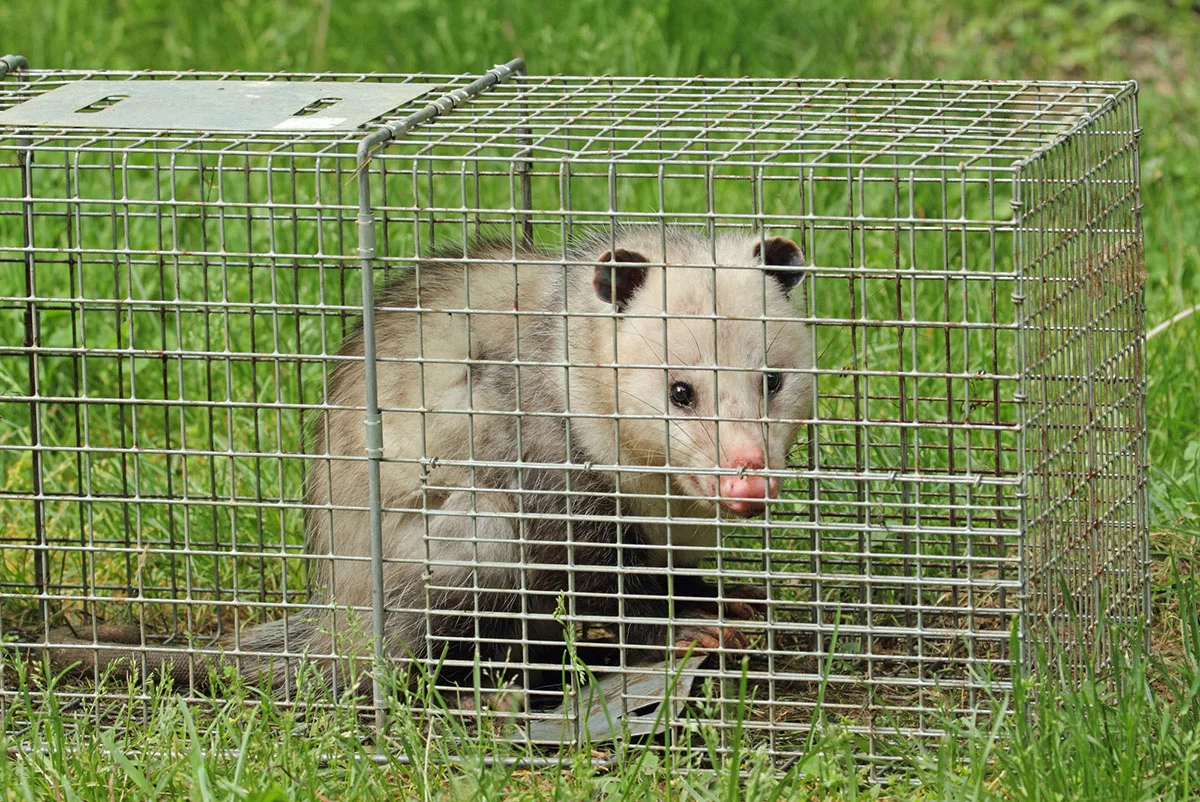
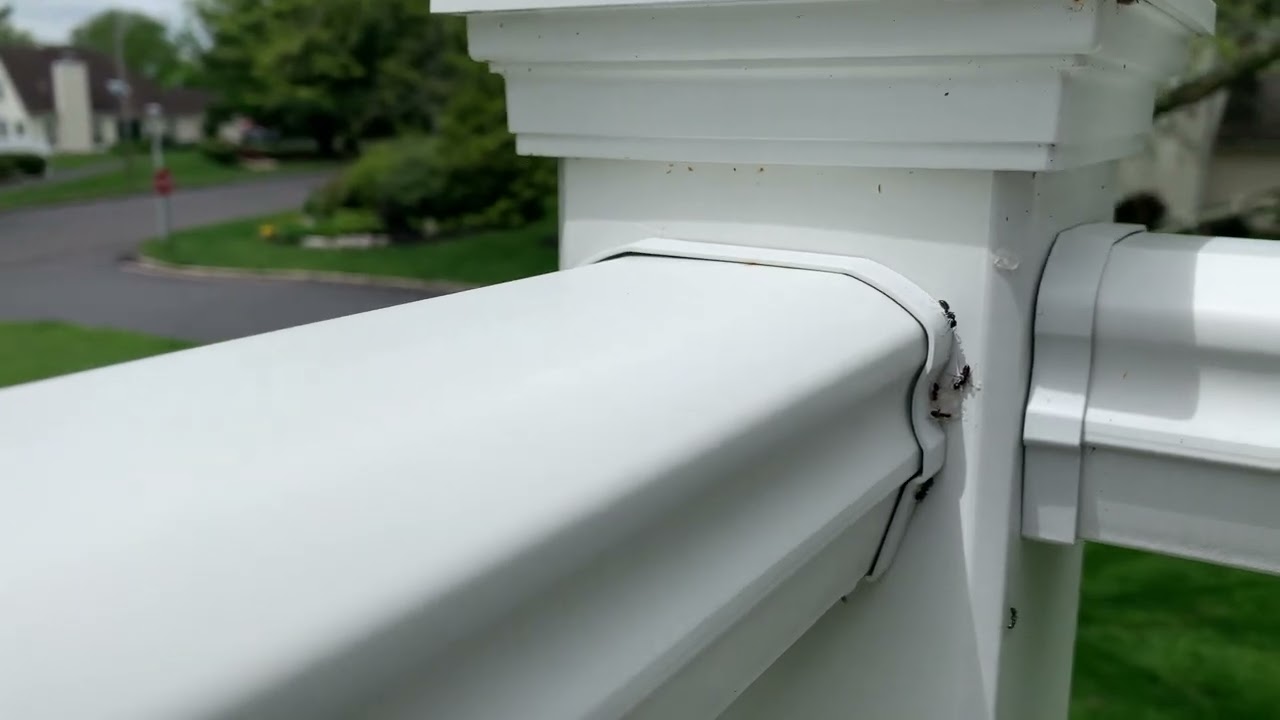
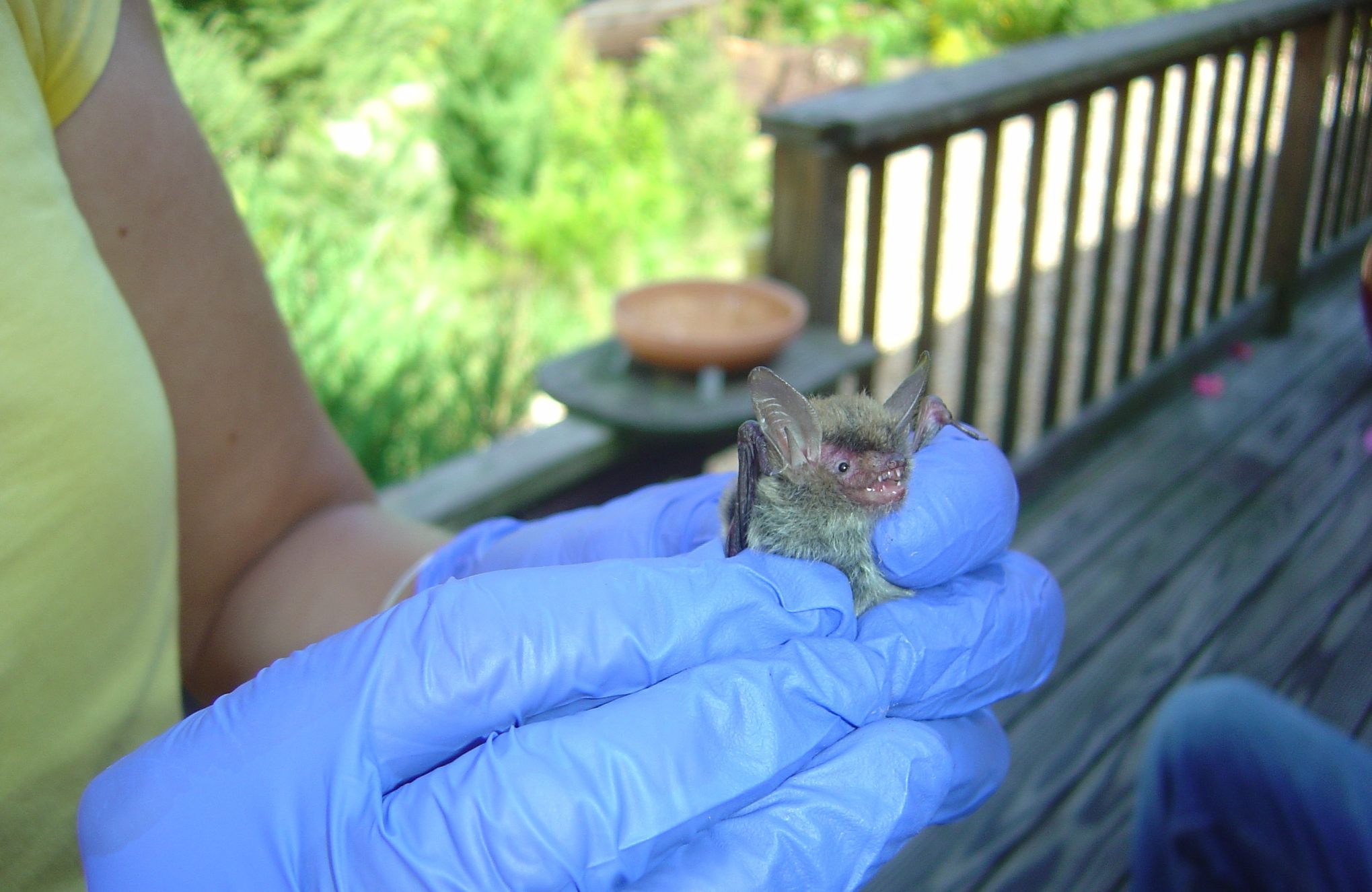
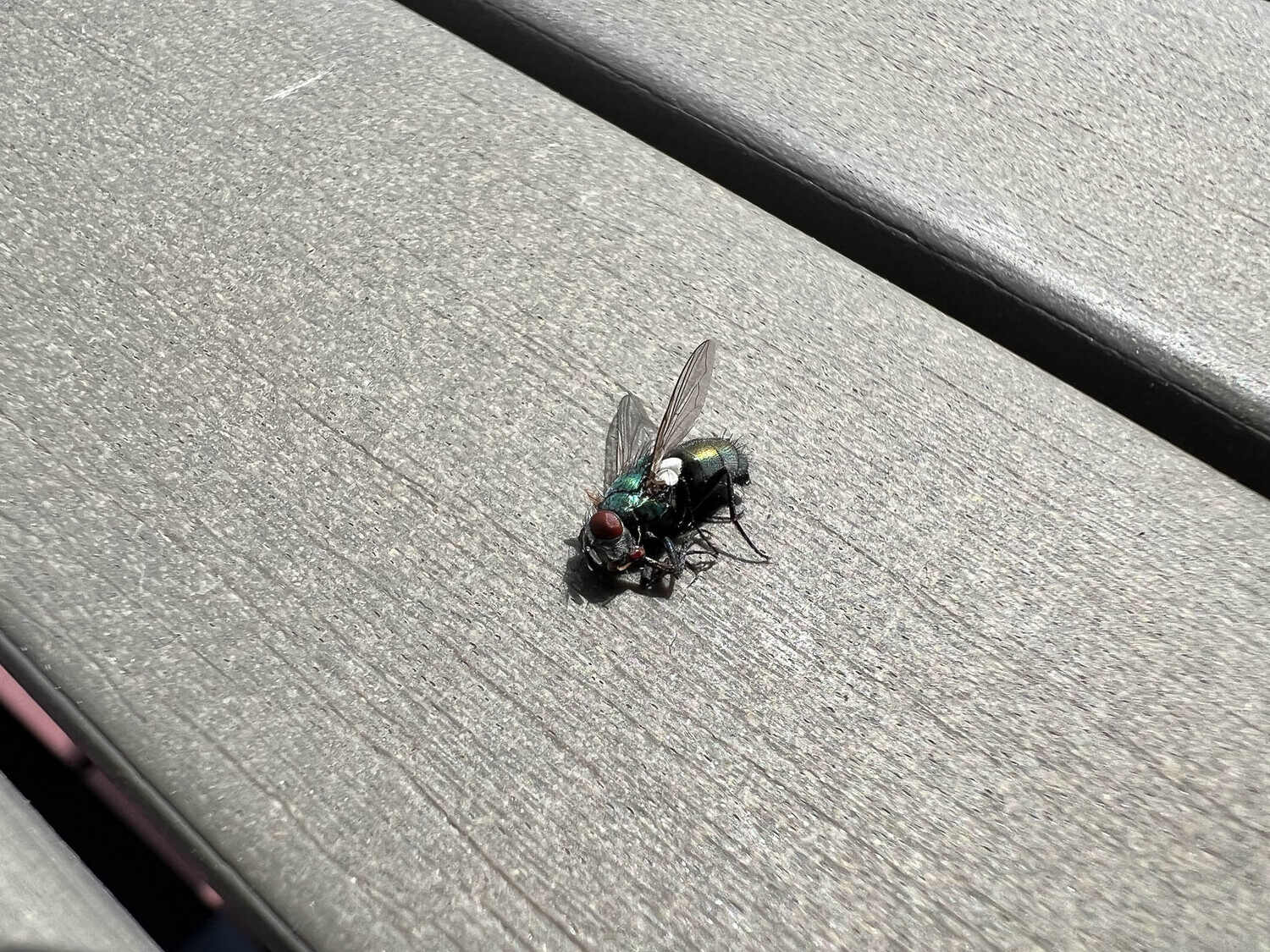
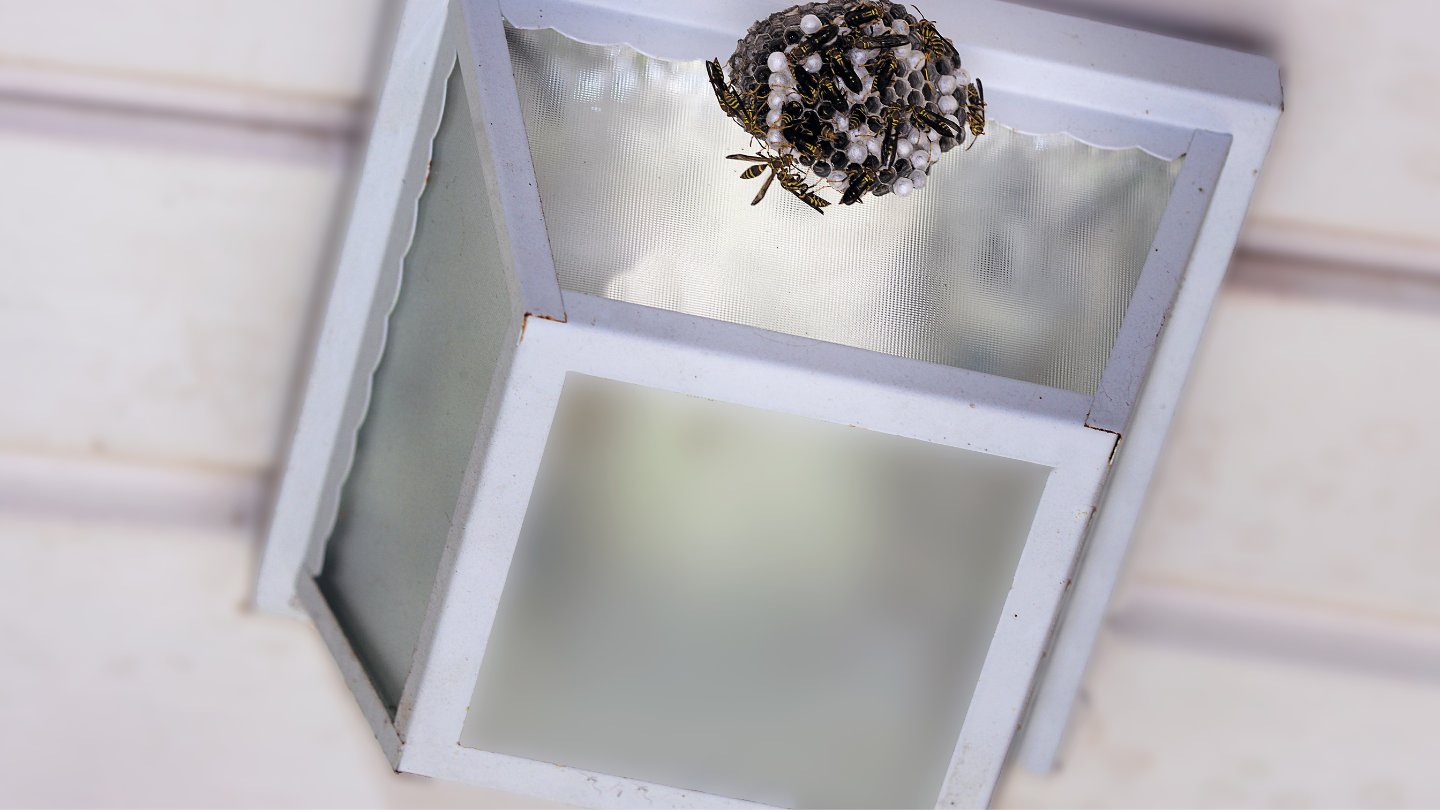
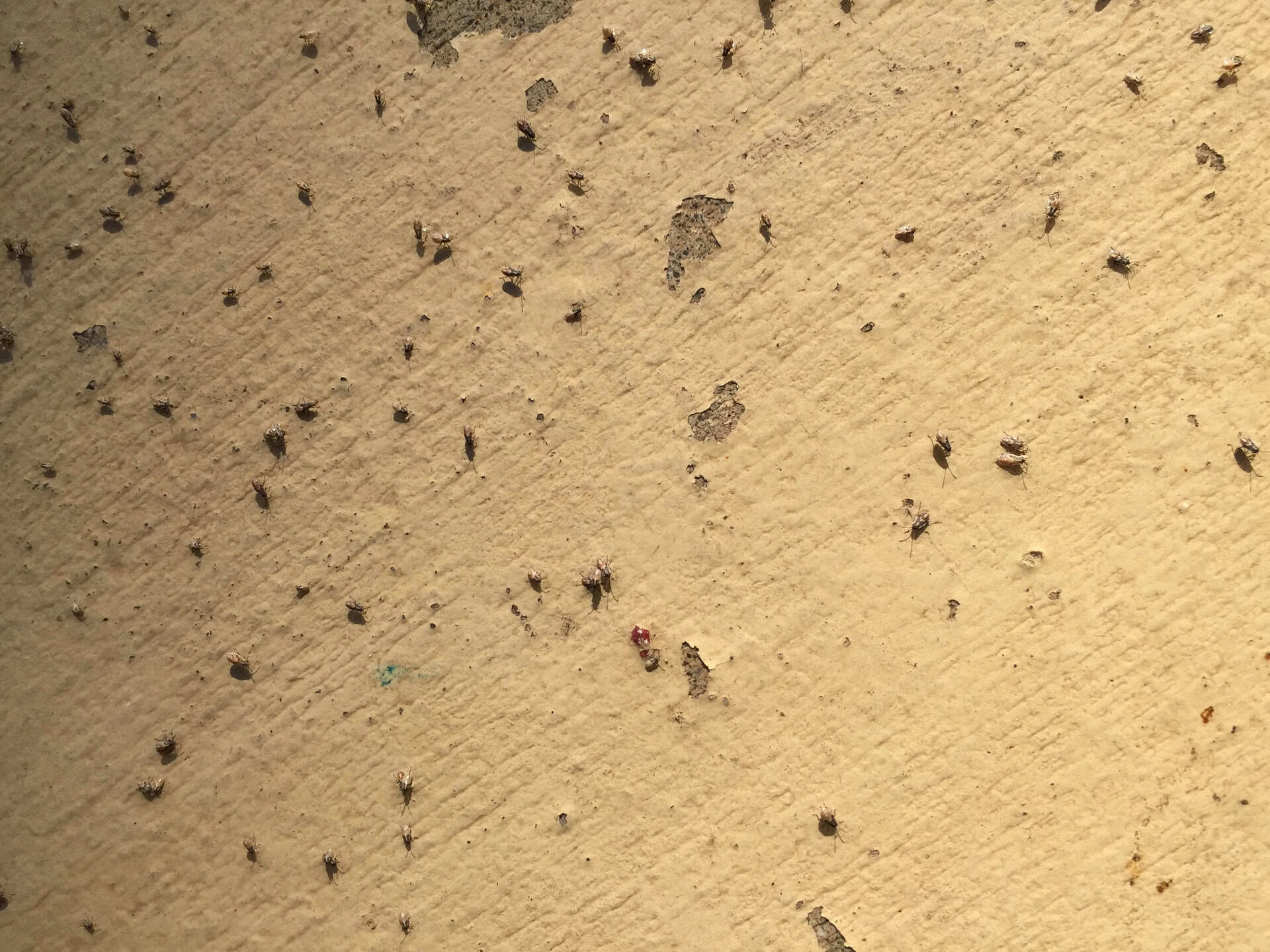
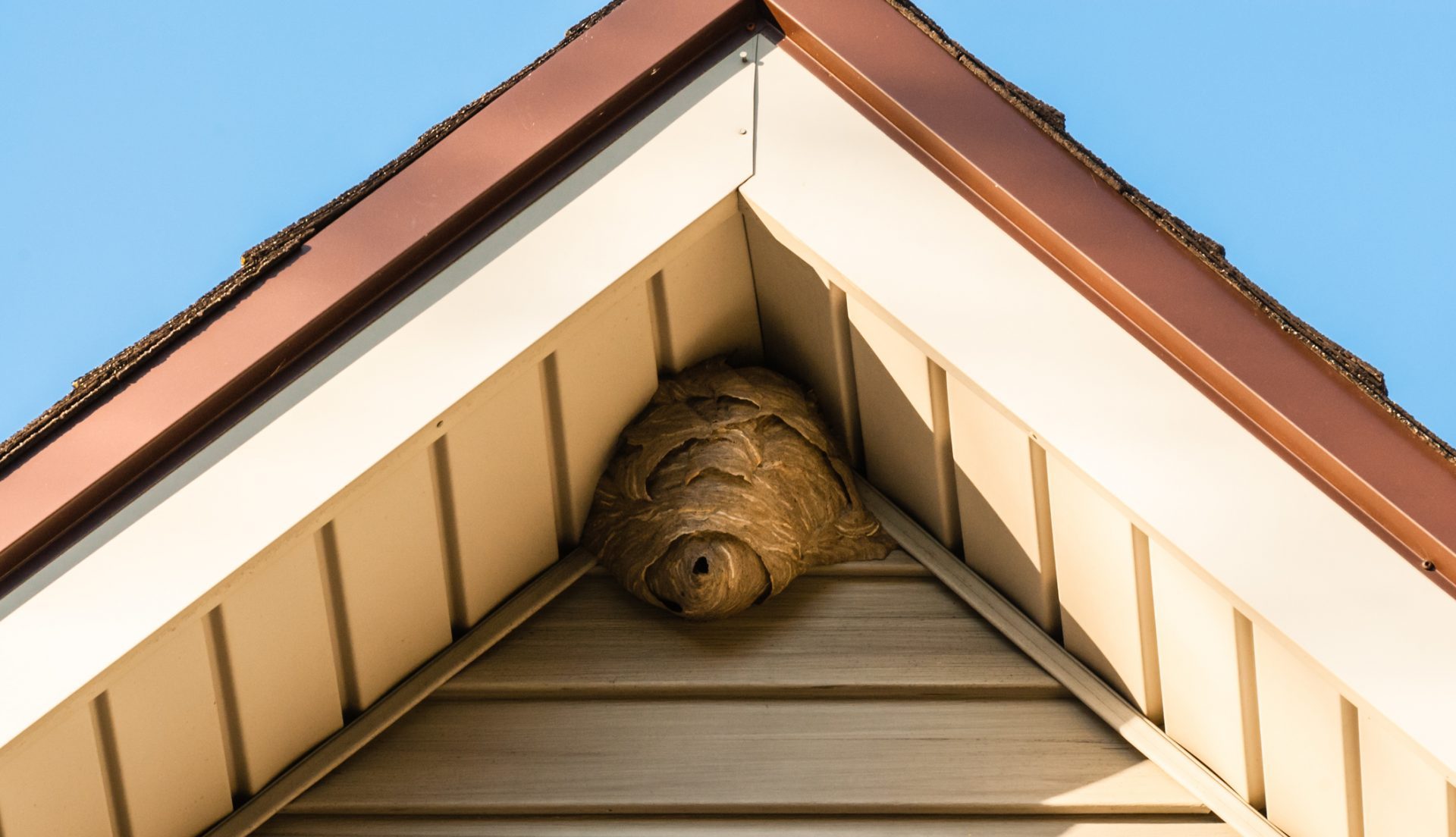
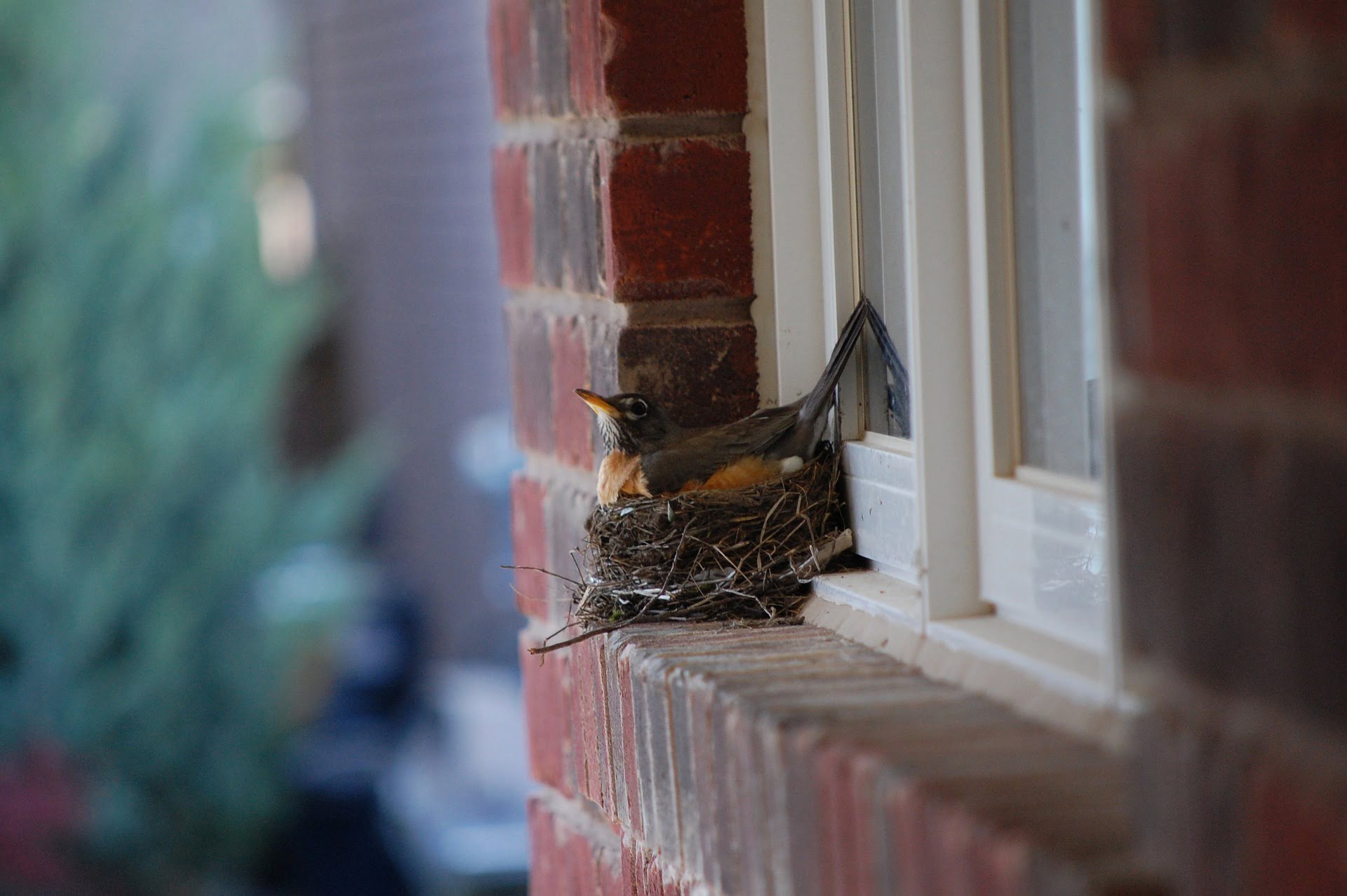
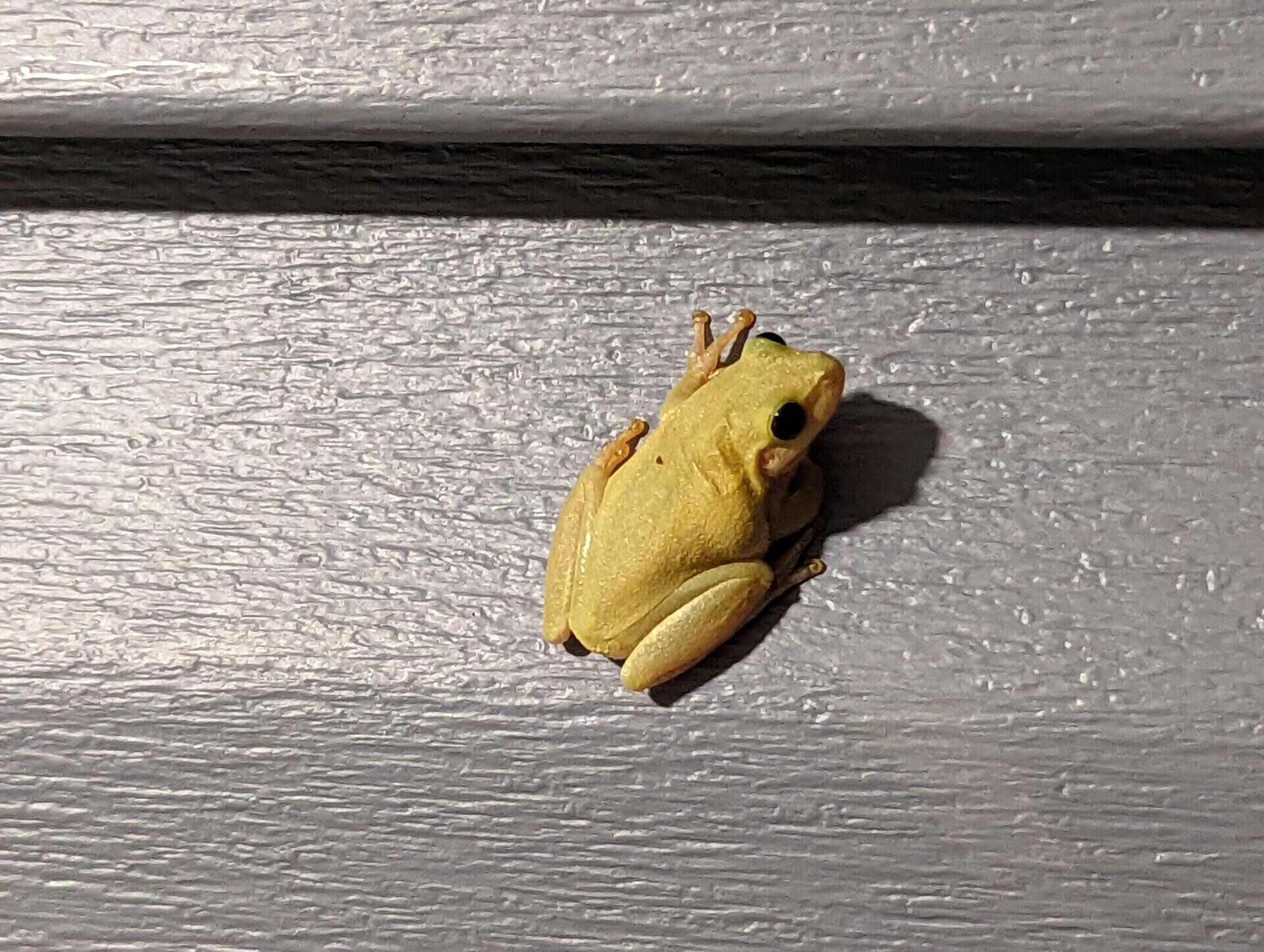
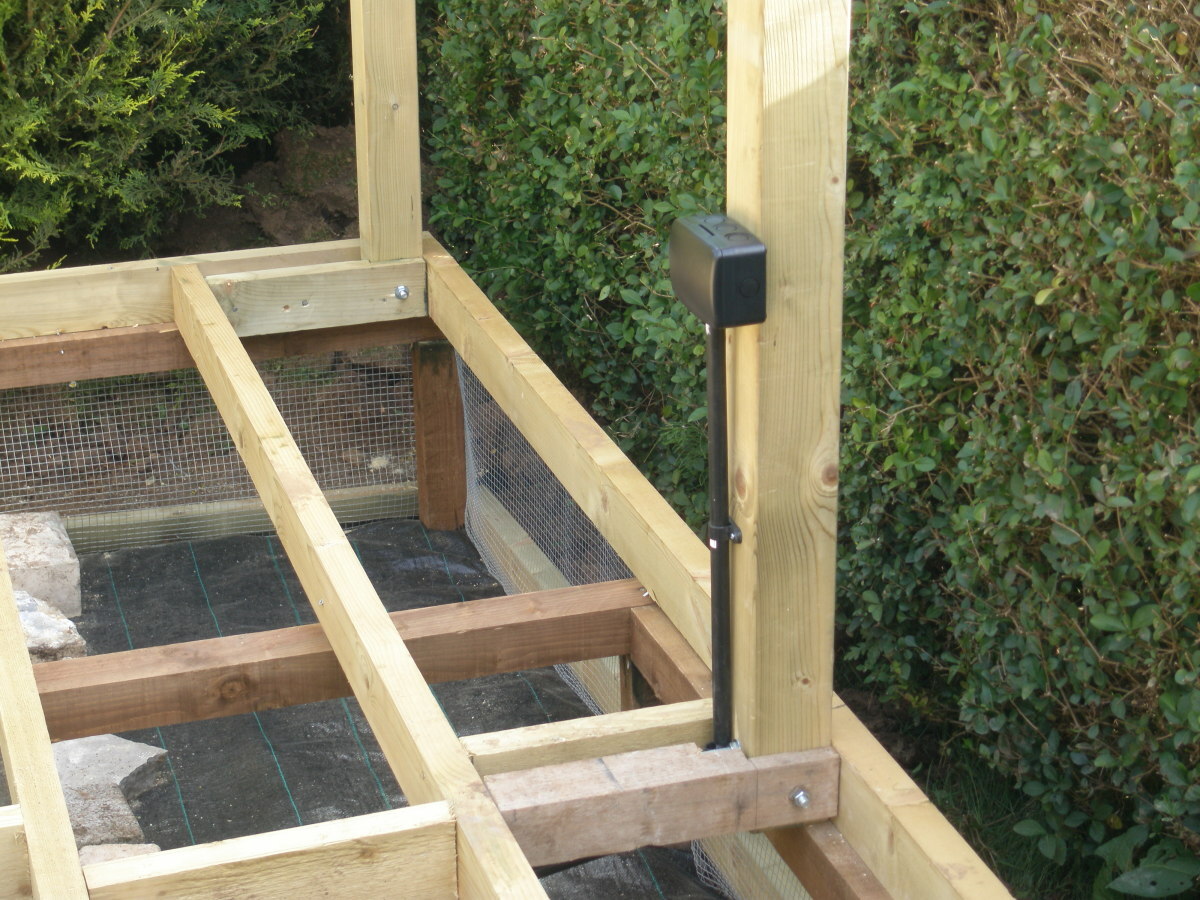

0 thoughts on “How To Get Rid Of A Chipmunk Under Your Porch”